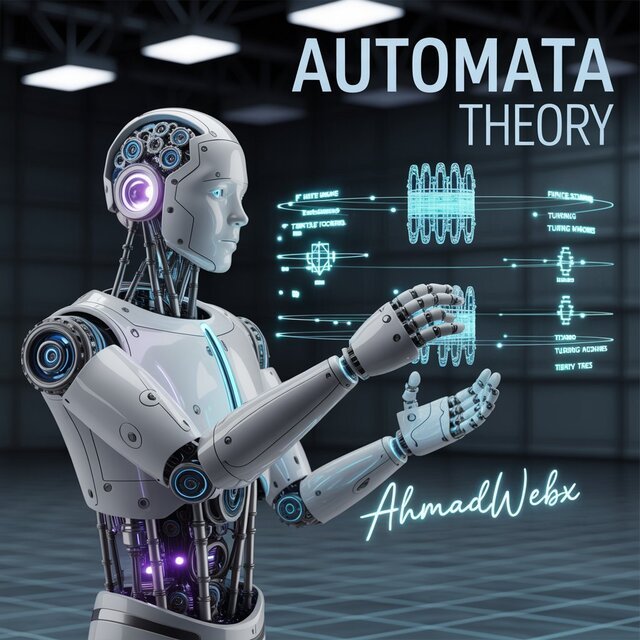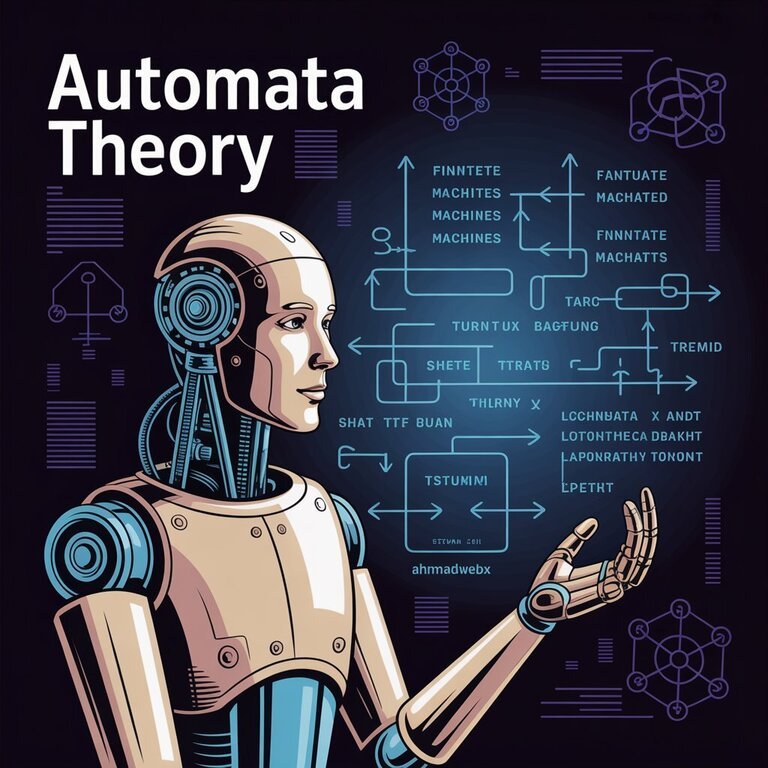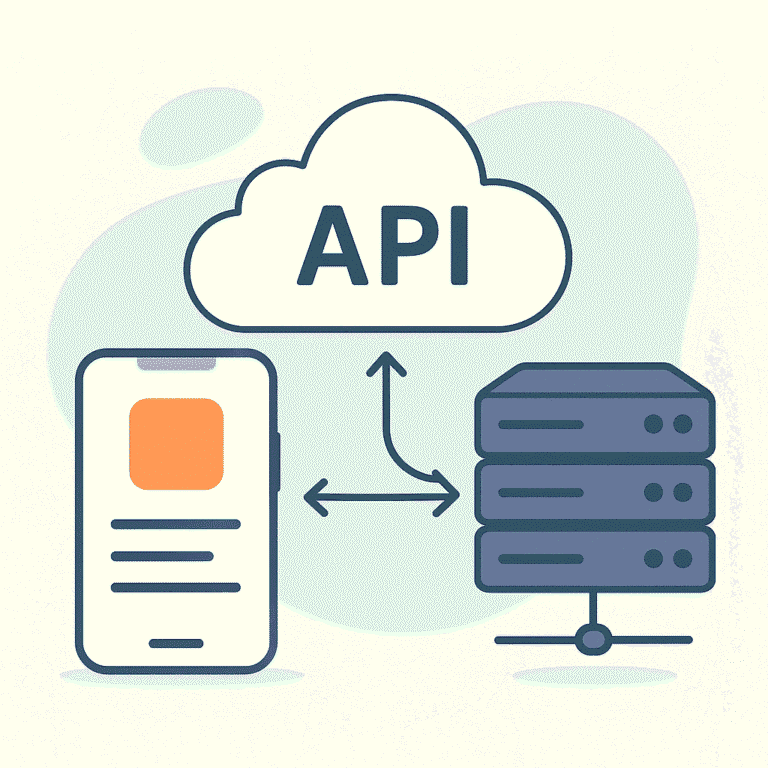
Automata theory represents one of the foundational pillars of computer science, providing theoretical frameworks that underpin many computational systems we use daily. Despite its abstract nature, this field offers profound insights into the capabilities and limitations of computing machines. This blog post aims to demystify automata theory for beginners, exploring its core concepts, classifications, and why it remains critically relevant in today’s technological landscape.
One of the most important organizing principles in automata theory is the Chomsky hierarchy, named after linguist Noam Chomsky. This hierarchy classifies formal grammars into four types, each corresponding to specific types of automata with different computational powers.
Finite automata serve as fundamental models in theoretical computer science, with deterministic (DFA) and nondeterministic (NFA) variants offering distinct approaches to language recognition. While both models recognize regular languages, their operational mechanisms and practical implementations differ significantly. This analysis explores their structural differences, computational behaviors, and real-world applications through detailed examples and theoretical insights.

Regular languages and their descriptive counterpart, regular expressions, form the cornerstone of theoretical computer science with far-reaching applications in software development, data processing, and artificial intelligence. This exploration reveals their mathematical underpinnings, equivalence to finite automata, and modern implementations, providing insights into why these concepts remain vital in both academic and industrial contexts
A regular language is any formal language that can be defined using a regular expression or recognized by a finite automaton. Formally, regular languages over an alphabet Σ are constructed recursively:
Designing a Deterministic Finite Automaton (DFA) is a fundamental skill in automata theory and computer science. DFAs are used to recognize patterns and define regular languages, playing a crucial role in lexical analysis, text processing, and formal verification. This blog provides a clear, step-by-step method to design a DFA, illustrated with practical examples.
A Deterministic Finite Automaton (DFA) is a mathematical model of computation defined by a finite set of states and deterministic transitions between them based on input symbols. It reads an input string symbol-by-symbol and moves through states accordingly. If it ends in an accepting (final) state after reading the entire string, the string is accepted; otherwise, it is rejected.
Formally, a DFA is a 5-tuple M = (Q, , , q_0, F) , where:………
The Pumping Lemma is a powerful tool in theoretical computer science used to prove that certain languages are not regular. While regular languages can be recognized by finite automata, the lemma exposes structural limitations of these machines. This guide breaks down the lemma into intuitive concepts and provides step-by-step methods to apply it effectively.
The Pumping Lemma states that for every regular language L, there exists a constant p (the “pumping length”) such that any string s in L with length |s| \geq p can be divided into three parts s = xyz, satisfying:
Start by assuming L is regular. If true, the Pumping Lemma applies, and there exists a pumping length p.
Pick a string s with |s| p. The string should be designed to force contradictions when pumped.
Turing machines stand as the foundational model of computation in computer science, embodying the very essence of what it means for a function or problem to be computable. Introduced by Alan Turing in 1936, this abstract machine not only formalized the concept of algorithmic computation but also laid the groundwork for modern computability and complexity theory. This blog explores how Turing machines work and why they remain central to understanding the limits and capabilities of computation.
A Turing machine is a theoretical device that manipulates symbols on an infinite tape according to a finite set of rules. Despite its simplicity, it is powerful enough to simulate any computer algorithm, making it a universal model of computation.
At each computation step, the Turing machine:
The machine continues this process until it reaches a halting state or runs indefinitely.

Pushdown automata (PDAs) represent a critical advancement in computational theory, extending the capabilities of finite automata through the addition of a stack-based memory. This enhancement allows PDAs to recognize context-free languages, which are fundamental to parsing nested structures in programming languages, mathematical expressions, and natural language processing. This blog explores the architecture, operation, and significance of PDAs in theoretical computer science.
A pushdown automaton (PDA) is a computational model defined by a 7-tuple:
M=(Q,Σ,Γ,δ,q0,Z,F) where:
PDAs bridge the gap between regular languages (finite automata) and recursively enumerable languages (Turing machines). By incorporating stack memory, they provide a tractable framework for understanding context-free structures, which are ubiquitous in computer science. From validating JSON syntax to analyzing natural language, PDAs offer both theoretical insight and practical utility.






Ghulam Ahmad is an Excellent Writer, His magical words added value in growth of our life. Highly Recommended
- Irfan Ahmad Tweet




6 Responses